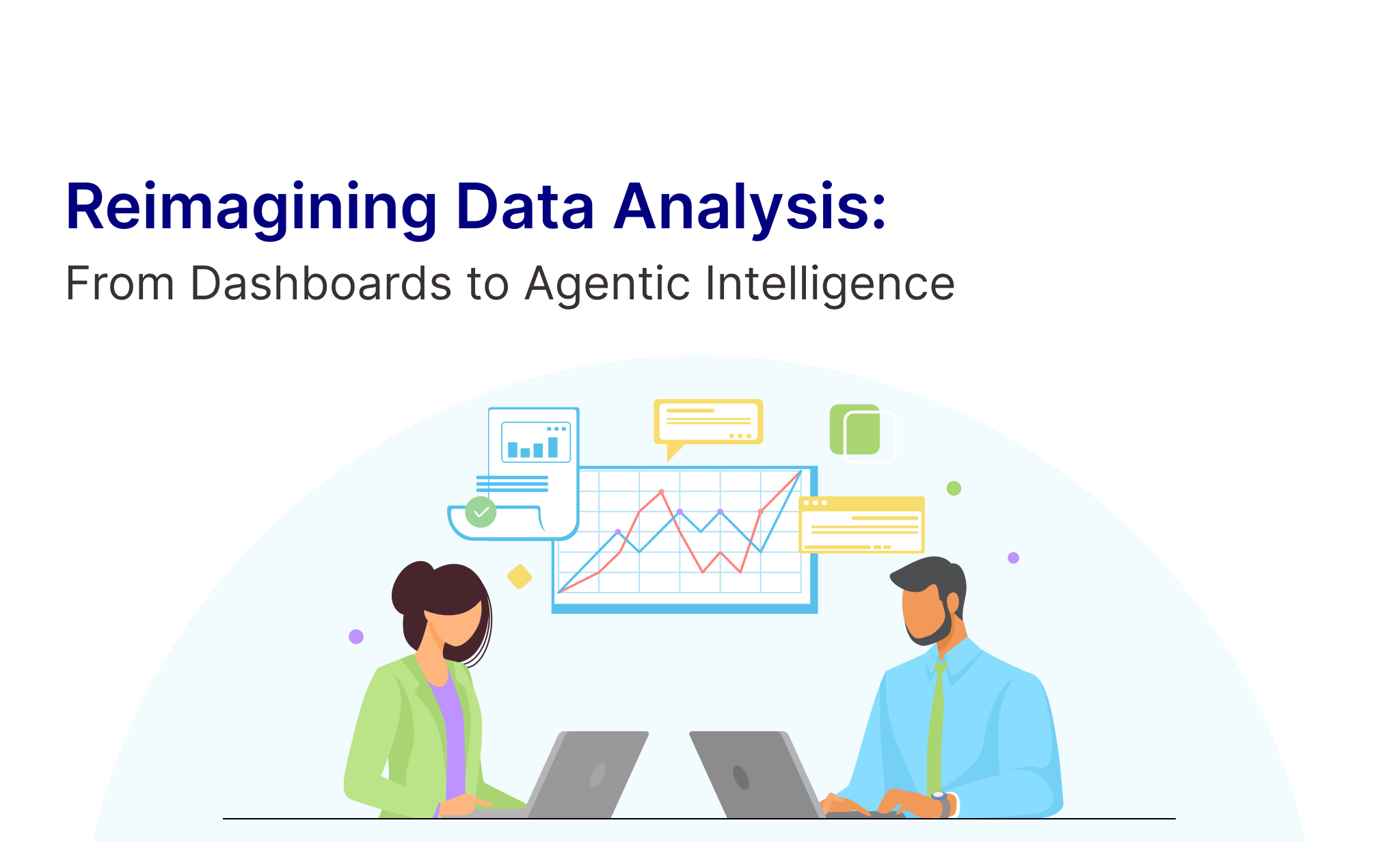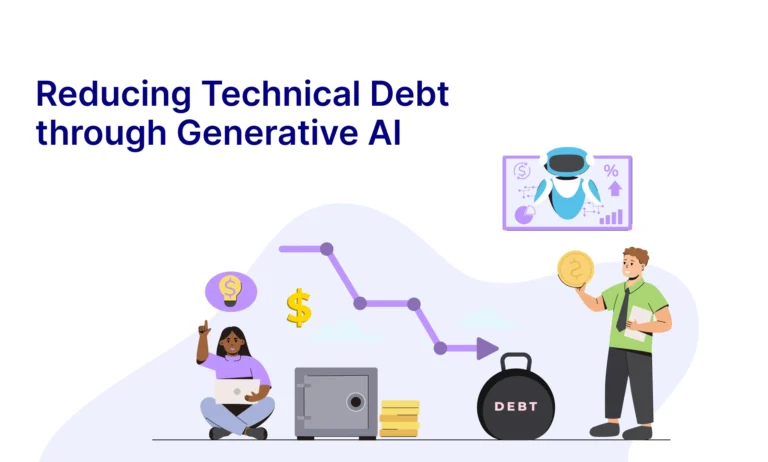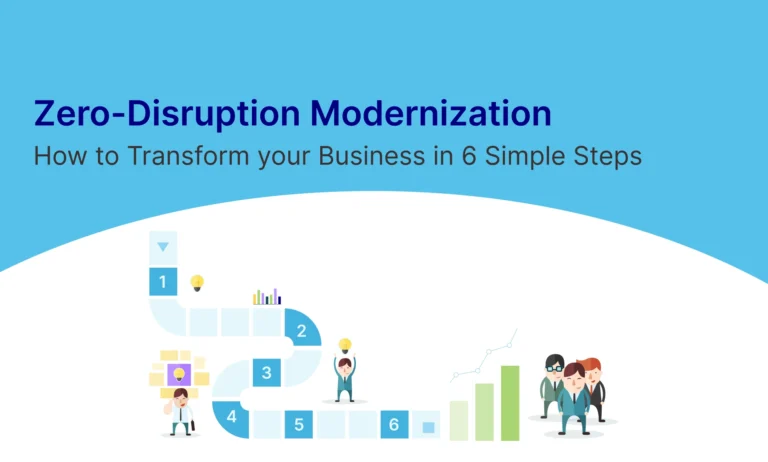Table of Contents
Data Analytics Agent
With the rise of agentic workflows, data analysis no longer needs to be confined to static dashboards or complex scripting. Traditionally, data analytics involve uncovering patterns and relationships in structured or unstructured data using statistical methods. Our Data Analysis Agent Service abstracts that complexity. Users can pose business questions in plain language, and our agent autonomously runs the necessary workflows from exploratory data analysis to regression analysis and returns insights in real time. Our platform offers a near-zero learning curve: users can start asking questions about their data without any know-how of core data analytics concepts. At its core is a multi-agent system capable of both conversational interaction and executing structured analytical workflows seamlessly bridging the gap between ease of use and analytical depth.
This is data analysis made intuitive, interactive, and intelligent.
Architecture

At the core of our platform lies a multi-agent framework, orchestrated to streamline the data analysis experience. Architecture is modular, intelligent, and governed by strict boundaries ensuring accuracy, relevance, and focus on the analytics domain.
Key Components
Planner Agent
This agent is responsible for planning and managing the overall analytical workflow. It interprets the user’s intent, breaks it down into actionable steps, and dynamically routes tasks to specialized agents.
Descriptive Analysis Agent
Provides summary statistics and insights, helping users understand what has happened in the data through means, medians, trends, and distributions.
Exploratory Data Analysis (EDA) Agent
Investigates patterns, anomalies, and relationships within the dataset essential for forming hypotheses and detecting signals before modeling begins.
Regression Analysis Agent
Executes linear regression and related statistical techniques to uncover why something is happening and to predict future outcomes.
General Query Agent
Acts as a smart helper for all other analytics-related queries whether it’s clarifying a term, explaining a result, or responding to other data analytics questions.
Guardrails and LLM Integration
All interactions are governed by guardrails, ensuring that both user queries and LLM responses stay strictly within the boundaries of data analytics.
Behind the scenes, LangGraph has been used to build an agentic workflow, prompt engineering and tool calling modules act as translators between natural language queries and actionable code or logic. The system uses a large language model (LLM) to generate final response but is always under strict control to maintain trust and reproducibility.
A Closer Look: How Regression Analysis Is Performed

Let’s walk through a real example of how our agent-based platform handles a user query for regression analysis.
Phase 1: Planning the Workflow
Everything begins with the Planner Agent. When a user submits a query, the agent kicks off by:
- Validating the query for intent and feasibility,
- Analyzing what analytical steps are necessary,
- And dynamically generating a workflow to execute.
Phase 2: Automated Exploratory Data Analysis (EDA)
In this scenario, the user hadn’t performed any prior EDA. The Planner Agent detects this gap and automatically routes the workflow through the EDA Agent, which uncovers key patterns and insights for the user.
Phase 3: Enter the Regression Agent
With the EDA results in hand, the platform hands off control to the Regression Agent. This agent:
- Interactively gathers specific input from the user (e.g., target variables, assumptions),
- Generates and prepares regression-ready data,
- And runs the regression model based on the specified criteria.
Phase 4: Results
Finally, once the regression analysis is done, the output including insights, model diagnostics, and visualizations is returned to the user through the interface.
This use case exemplifies how our agentic system doesn’t just execute code, it thinks, validates, adapts, and collaborates with the user to deliver precise and meaningful analysis.
Conclusion
Our Data Analysis Agent is more than just a tool; it represents a paradigm shift in how users interact with data. This initiative began as an exercise to understand how agentic systems can be designed, orchestrated, and aligned with real-world workflows. We chose data analytics as the domain because it posed a meaningful challenge: how can we make complex analytical processes accessible to users without technical expertise?
By bridging that gap, we not only created a no-code, intuitive interface for data exploration and modeling, but also gained valuable insights into how modular, multi-agent architectures can be applied to broader business workflows. This agent is proof of the concept that intelligent agents can validate, plan, execute, and collaborate just like a skilled analyst. As we continue refining this framework, we see a clear path toward scaling such agentic systems across domains, transforming the way businesses work, make decisions, and generate value.








